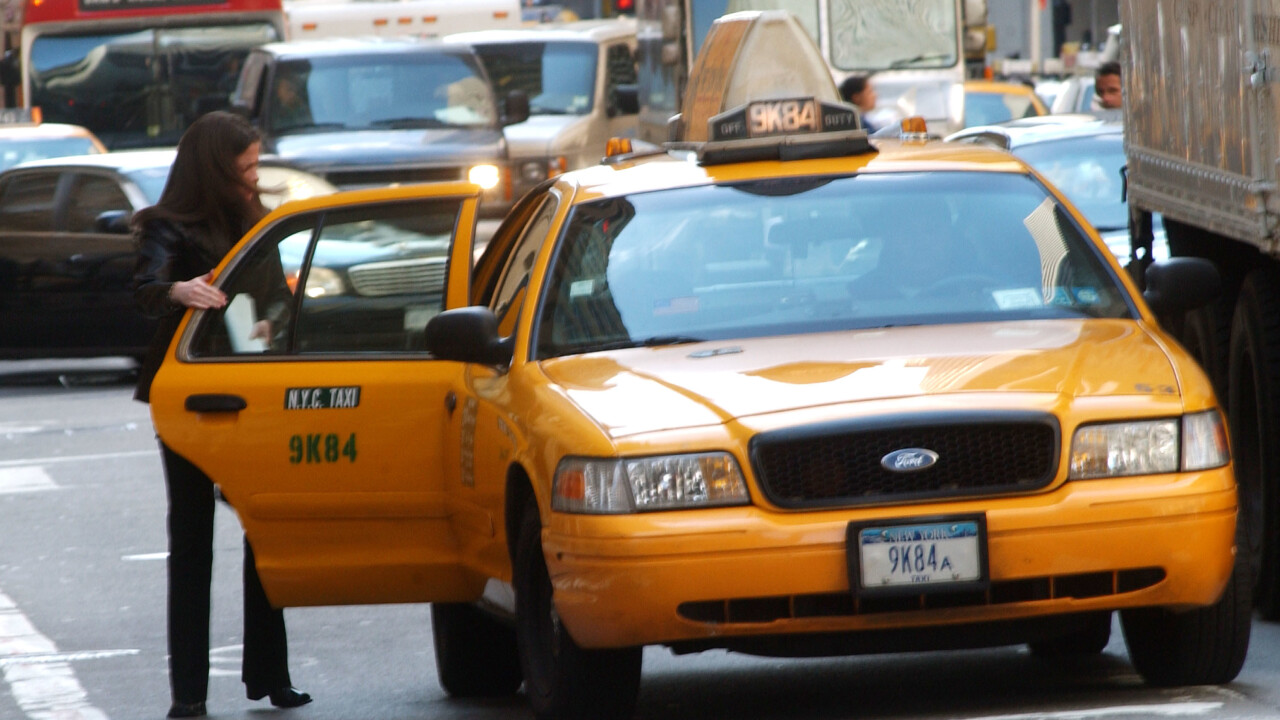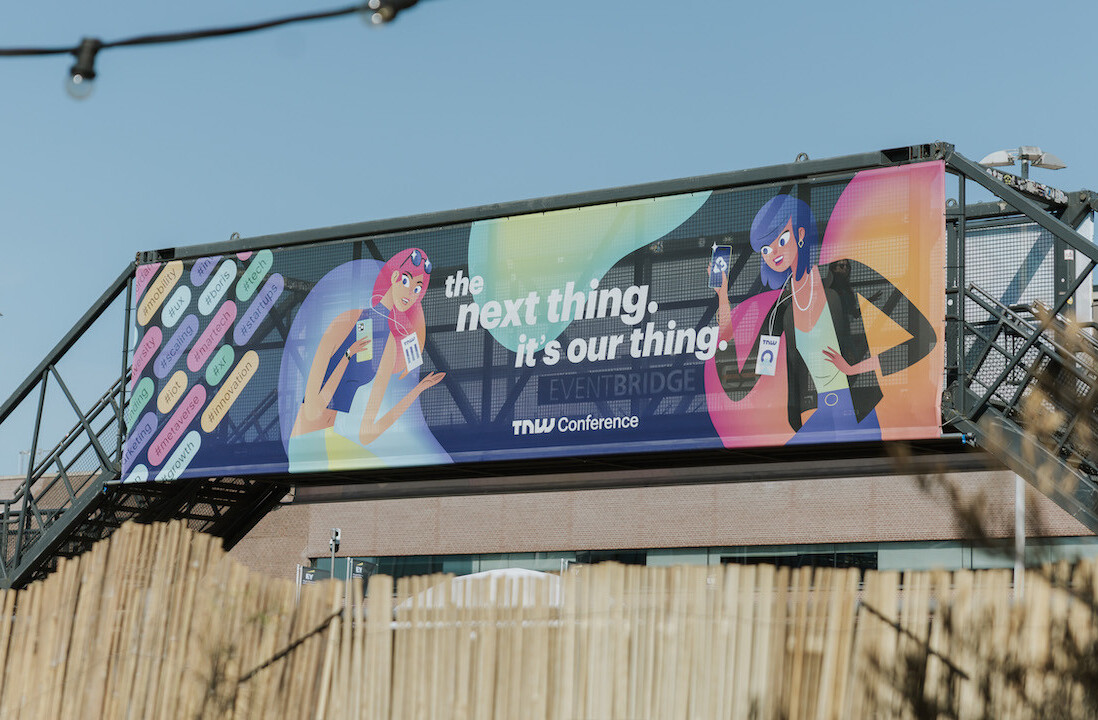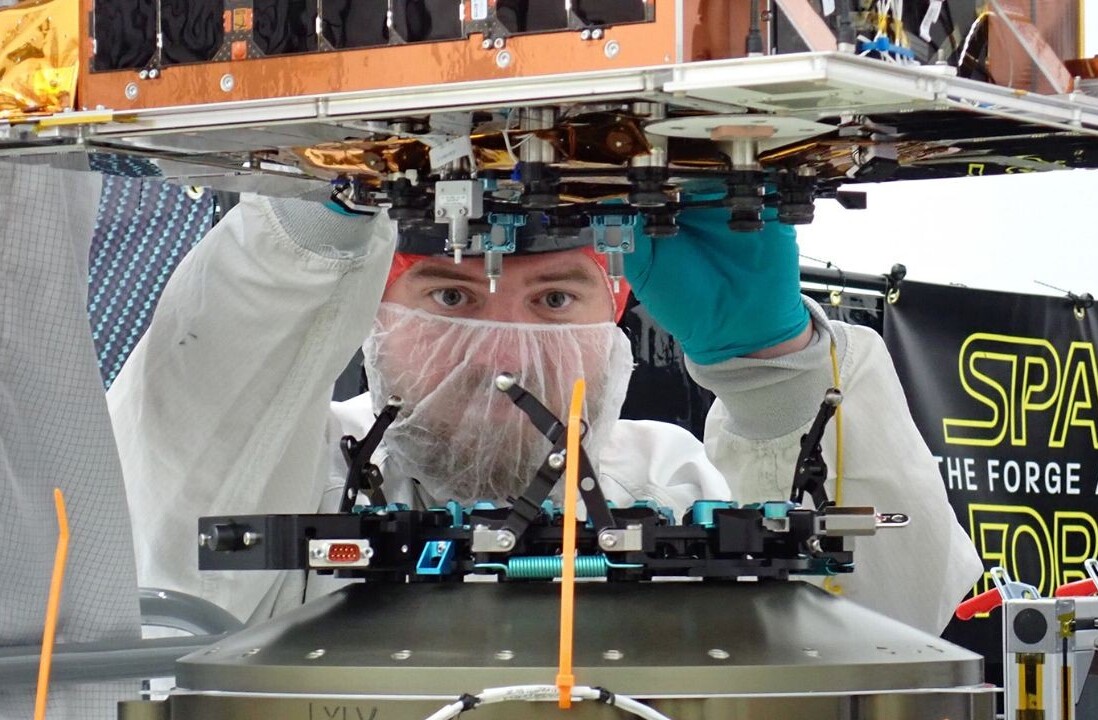
Update #1: We’ve been contacted by the TLC and informed that Flywheel has not been approved an e-hail base permit as we had been previously told. In actuality, it’s application had been received by the commission for possible admission into the pilot program. We are investigating.
According to the TLC, “the number to which Ken’s story refers (#0001) is actually an internal tracking number denoting their application to be considered as an e-hail app licensee. It is not yet ‘qualified to participate’ in the pilot program as the story states. Any suggestion that they have an advantage over any other applicant or potential applicant is inaccurate.”
Update #2: Flywheel tells us that they have been issued a license number, meaning they have been approved for step one in the pilot program process. The issuance of a permit means they will be legally allowed to service NYC, but only after completion of step 2 and 3 of the application.
E-hail application Flywheel has moved closer towards launching its service in New York City. It tells us that recently it was issued e-hail base station permit #0001 putting it on the path to provide licensed access to all of the yellow cabs in the city through its mobile app. It is the first time an e-hail app has been issued this type of permit.
Formerly known as Cabulous, Flywheel says its application was accepted by the Licensing Office of the New York Taxi and Limousine Commission (TLC). As a result of the news, it has qualified to participate in an exclusive pilot program beginning this month that could determine what companies can legally service the city market.
This is only the first of several steps that Flywheel will need to overcome, but was a rather extensive process. Last December, the TLC approved the E-Hail Pilot Program that would evaluate the use of smartphone applications to allow passengers to request a yellow taxi in the city. Based on passenger survey data obtained by the TLC, more than half of those questioned were interested in using e-hail apps and the ability to use e-payment. Unfortunately, it turns out that current governing regulations don’t authorize these services.
With the growing popularity of Uber, Lyft, SideCar, Hailo, and, of course, Flywheel, the proliferation of e-hail apps has reached a point where regulators can no longer ignore them or try and shut them out. With Uber and Lyft, for example, both have won reprieves from cease and desist letters from regulators and helped create a review of the new technologies to find ways to make them work for both parties in a way that is safe and efficient. As New York is one of the most populated cities in America, there is certainly a need for multiple forms of transportation and additional ways to summon them.
Flywheel recently updated its mobile apps with a new interface and a ride experience platform. Going into a new market with a refreshed app sounds kind of interesting.
This announcement comes just days after Hailo received $30.6 million in funding and shared plans it would be launching in New York within the next few weeks. When it does, it would be competing against not only Flywheel, but also Uber, who is also participating in the TLC’s pilot program for its Uber Taxi service in the city — after it shut down last October.
The TLC’s pilot program is for one year and starts on the date listed on the participating company’s application, but cannot be earlier than February 15, 2013. So while Flywheel may be used in New York, it will have to follow specific use restrictions, including:
- Not being used by a passenger to hail a taxi cab at John F. Kennedy International, LaGuardia Airport, or any other geographic area specified by the TLC, including areas with taxi lines or staging areas.
- Allowing e-hail requests submitted from a location within the Manhattan Central Business District can only be accepted by someone within 0.5 miles of that location, while those outside the district can be accepted by drivers within 1.5 miles.
- E-hail apps must not reveal passenger’s desired destinations
- E-hail apps must not remit to a driver payment for a trip arranged by the e-hail app that exceeds the fare for the trip as displayed on the taximeter plus tips, and extras, if available.
Flywheel says that it is continuing its application process by integrating its service with T-PEP payment vendors, specifically CMT and VeriFone. Once it has proven and tested its integration to the TLC, further interviews will be conducted along with an app demonstration. The final step in the process involves internal testing.
When the TLC approved the controversial law to begin the pilot program, Chairman David Yassky said that the influx of apps was “not speculative. It is real today.” He added, “We should not ignore technology that’s out there.”
We will continue to monitor the situation with Flywheel and the TLC.
To date, Flywheel is available in 13 cities, including San Francisco, San Diego, Daytona Beach, Miami, Naples, Atlanta, Louisville, Lansing, Cleveland, Dallas, San Antonio, and others. New York City would be a boon for the service. It has raised $8 million in funding.
Photo credit: Spencer Platt/Getty Images
Get the TNW newsletter
Get the most important tech news in your inbox each week.





